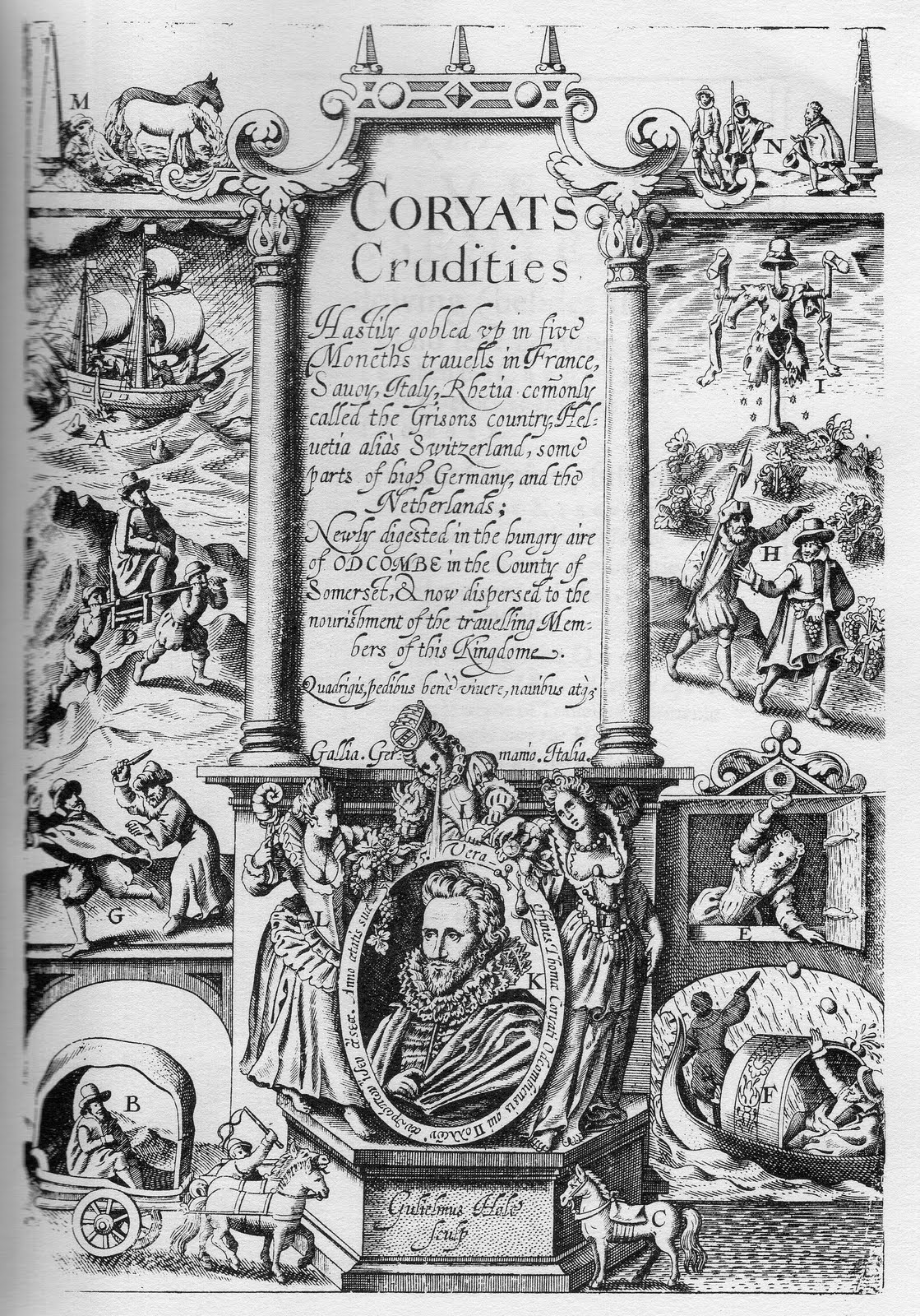Apart from the women you have to study for this week's seminar, Lady Eleanor Davies is also a very interesting example of a female prophet of the Civil War period. Lady Eleanor prophesized only in print - illegally.
Here is an extract from her work, A Warning to the Dragon and All his Angels (1625),
where the relationship between God and the believer is fashioned as the relationship between a jealous husband and his wife. Can you find other examples in women prophets's writings where marriage is a metaphor for piousness?
Here is an extract from her work, A Warning to the Dragon and All his Angels (1625),
where the relationship between God and the believer is fashioned as the relationship between a jealous husband and his wife. Can you find other examples in women prophets's writings where marriage is a metaphor for piousness?
‘Suppose a man after his Marriage to a young Virgin, should
say, my experience is more then yours, I cannot always walke hand in hand with
you, neither may I keepe you in a Cloister that will not be for your health or
my profit, neither must you forget your Covenant to bee subject to my desires
not tending to the harme of either of us; I love you as mine own Body, if I should
not love you, I should not love my selfe, you are tender and faore without
blemish or blot, so I would have your minde also without spot or wrinckle like
your face, many stangers will strive to bee your Servants; not all for your
beautie but some for malice and envie to me;
Though your intent be good in all things, yet because I am
very jealous of mine honor, entertaine none in tht manner; though they be
silent for a time, and conceale themselves; in the end they will draw your affection
from me; Besides, much resort thee be never so chaste, is dalliance the marke
of a knowne Harlot, which sort of women I would have you differ from, and no
marke I know more fit to put a difference betweene you then this; for much
entertainment will not only waste our substance, better imployed upon more necessary
occasions, but consume in unprofitable idlenesse.
Is there no consequent, yes doutblesse, I am the Lord thy
God, thou shalt have no other Gods but me; thou shalt not make images of any
likenesse to bowe or humble thy selfe before them; for of my honor I am a jealous
God, you are mine, I bought you to enjoy the libertie of my service; I brought
yee out of the house of bondage, which no other God could doe; thou shalt love
the Lord thy God, and keep his charge and his Statues.' (pp. 94-95)
 |
| Image from EEBO |










